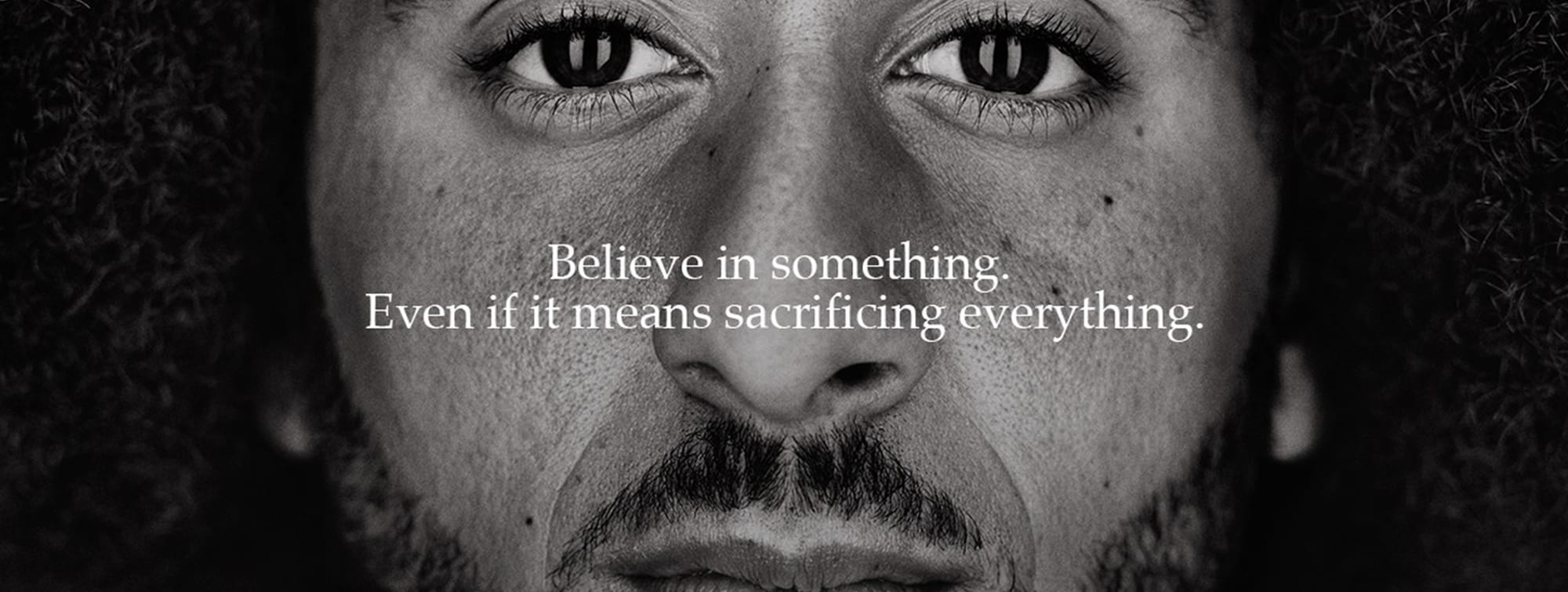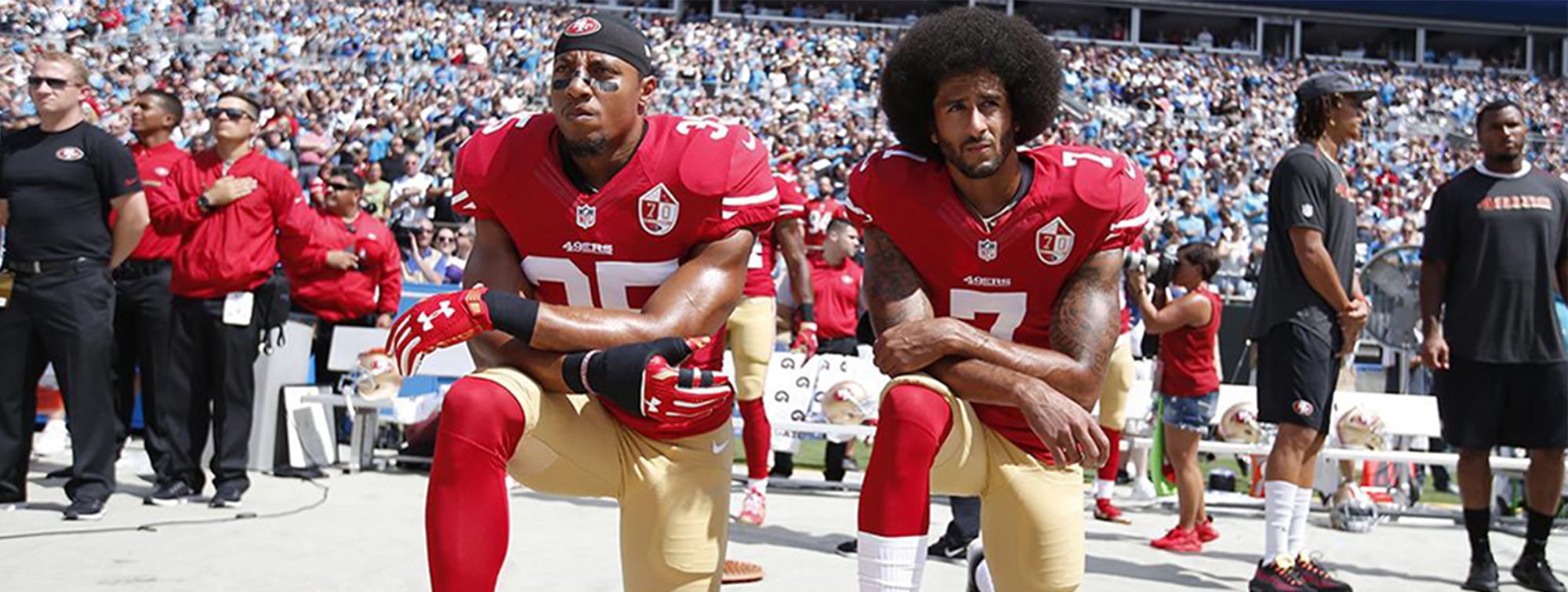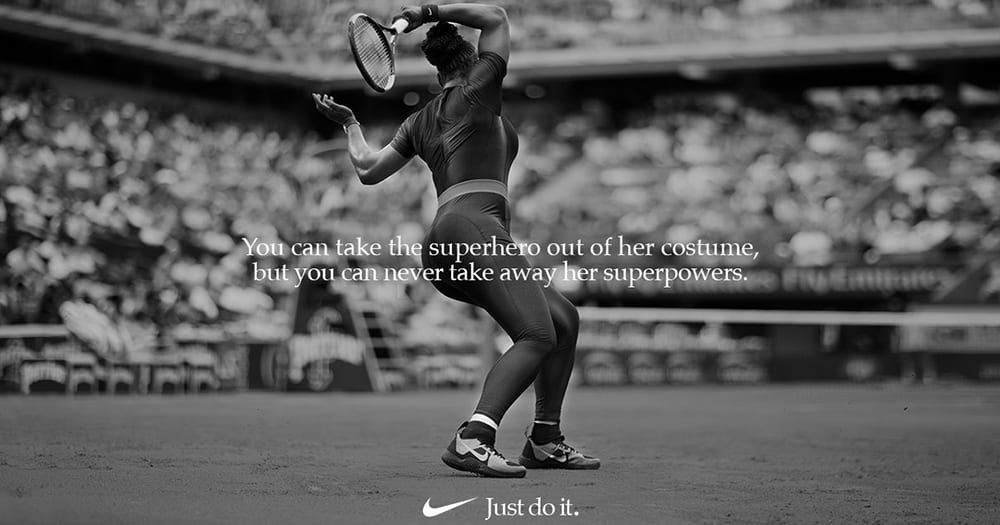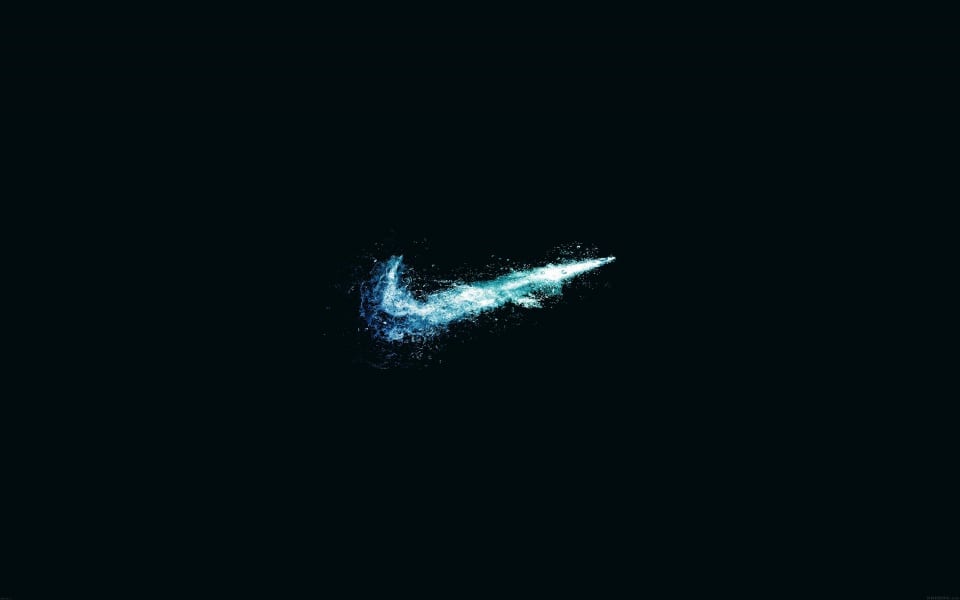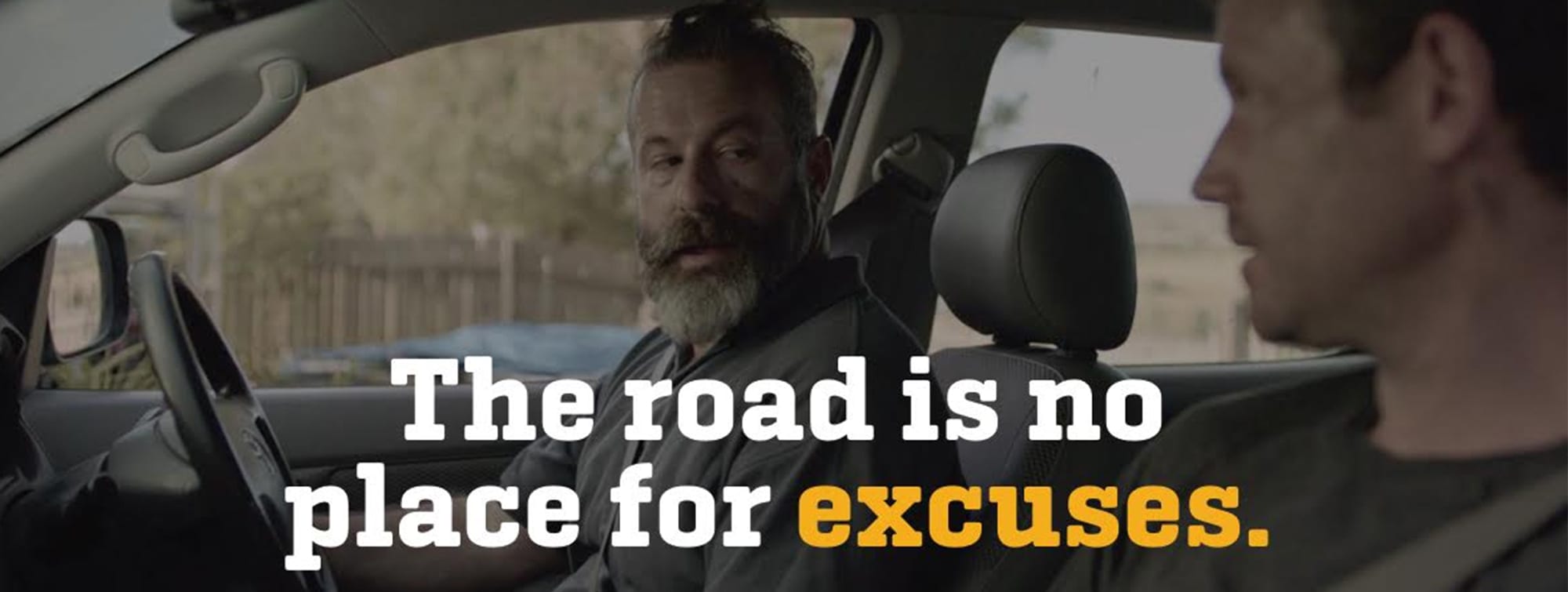Brands
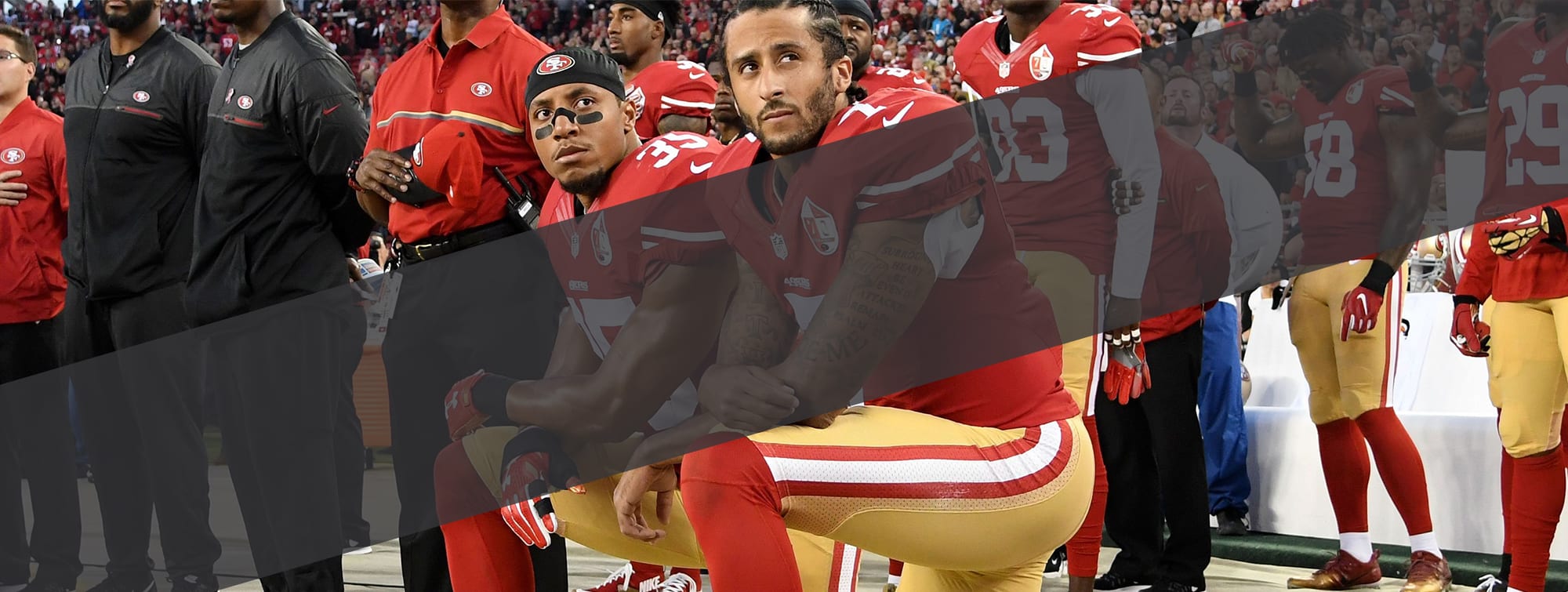
Believe in something. Anything.
Making waves: Colin Kaepernick for Nike’s 30th anniversary of Just Do It.
As in life, art and protest, the world of sport has again become the focal point of political dissonance. Nike are celebrating the 30th anniversary of their iconic mantra, Just Do It. Featuring the divisive, bold and exceptionally talented Colin Kaepernick is not necessarily brave but it is a meaningful acknowledgement of the role that sports and athletes hold in our hearts.
Kaepernick, the infamous former Quarterback of the San Francisco 49ers was cast into the global limelight as a key stalwart of the #TakeAKnee movement. It is a form of public rebellion that involved NFL players kneeling during the national anthem. A protest on the mistreatment, violence and senseless killing of African Americans and people of colour.
Wherever you sit on the idea of kneeling during a national anthem it should be noted that African Americans and people of colour do experience significant disadvantage both in the US and Australia alike. Education, healthcare, life expectancy and incarceration rates are disproportionately weighted against them.
It is also worth noting that, until 2009, players in the NFL were not brought onto the field during the national anthem. This is not an age old tradition mired in custom and ritual. The ‘tradition’ began as part of a campaign lead by the US Department of Defense to increase “paid patriotism” when around $6.8 million USD was spent as part of the military’s recruitment strategy.
Nike has taken a stand, revealing Colin Kaepernick as the the face of their latest campaign. It will cause discussion, probably a tweet or two from Donald Trump, and may cause some people to stop purchasing their shoes from Nike. But it also speaks to the values and ethos of their brand. It shows how a brand can be true to its tone of voice and how that can be used to empower not only Colin Kaepernick but the rest of us too.
The vision to imagine a better future is something that the world needs more of. In a time where disrupters are shaping the future of finance, healthcare, technology and just about every other industry, it is clear that the role of organisations like Nike is forever changed.
The constant tug of war between wanting to stand for something and wanting to sell products seems for many inextricably complex. If we use Nike as an example we can say a conscious decision has been made to probably lose some customers (and sales) in the name of a cause they truly care about. Do you really want to keep customers you are so philosophically misaligned with?
The math of projecting this philosophy in such a divisive time probably suits Nike in the long run. They will likely gain more customers than they will lose, empower more positive voices than negative. And that is a pretty worthwhile ambition. A little loss for a big gain. A strong statement and a strong future.
And that is the lesson for all the brand managers and marketers out there. Champion your businesses, know your values and know where they sit in the world. The next time you’re faced with the prospect of losing a few customers to be true to your brand, be brave. Look to Nike’s example and stand for something.
Dream Crazy celebrates 30 years of 'Just Do It' for Nike
Believe in something. Anything.
Making waves: Colin Kaepernick for Nike’s 30th anniversary of Just Do It. As in life, art and protest, the world...
Read more
Is too much emotion making our advertising sad?
Tugging heartstrings isn’t always the best way to advertise.
The headline reads: “Emotional ads will lead to more sales.”
The first line reads: “Advertisements that elicit a strong emotional response will deliver an increase in sales.”
See what’s happened there? The obvious requirement of advertising to elicit some form of response got magically transformed into a divine directive for all ads to be emotional.
Sadly, this is merely symptomatic of the marketing industry’s perpetual but misguided mission to draw a distinction between emotional (good) and rational (bad) advertising. Here, emotional means funny, enjoyable, dramatic, colourful, with more feelings than facts. In fact it can mean pretty much anything, as long as it looks more like pure entertainment than anything so prosaic as an ad.
Not surprisingly, therefore, this misconception is being propagated all day, every day; in creative brainstormings, boardrooms, research debriefs, conferences and the trade press.
Here’s another one: people act and make decisions emotionally, not rationally. The threat (I’d like to say unspoken, but sadly repeated ad nauseam) being, if your advertising isn’t emotional enough to appeal to those all-powerful feelings, it will fail.

It’s quite sad really that most adults’ image of their own biology doesn’t get much more detailed than the illustrated children’s game ‘Operation.’ The brain has two hemispheres, one rational, one emotional and all decisions get made by one side or the other. Amazing to think marketing “academics” get paid to spout this stuff. The brain is a maze of neurons and electrochemical signals. We know about as much about its inner workings it as we know about the furthest reaches of space or our deepest ocean beds. Our actions can be rational, emotional, instinctual or, most of the time, an irrational mix of all three.
We can respond rationally, emotionally or instinctually to both emotional and rational communications. We do not need to see emotion to respond emotionally. We can respond emotionally to facts and rationally to emotions. There’s little emotion in a stone-faced policeman informing you of the death of a loved one, but inconsolable sorrow in response. Conversely a teary child with a scraped knee may trigger the instinctive reaction of antiseptic and a band aid, and a stern rational lesson on the dangers of skateboarding downstairs.
The problem is, it’s not just 21 year old sub editors who’ve been indoctrinated. The rot goes all the way to the top. One of the country’s most senior marketers at one of the biggest brands was recently quoted as saying: “an opportunity to create more emotional advertising and market to women.” Aside from the politically questionable undertone of such a statement (What? Women are more emotional so they need even more emotional advertising?! ), the resulting work is confusing, patronising, superficial and has very little relevance to the product or why anyone would buy it.
It’s what gives rise to campaigns like the latest BUPA commercial . If ever there was an example of why Clients shouldn’t try to write their own ads, this is it. ‘Little Moments Matter’ with a hackneyed video montage of “cute” family moments, featuring BUPA’s own staff – overflowing with emotion in the conceptualisation, skin crawling in the execution, but what on earth does it all have to do with buying health insurance?
Or how’s this from Transport for NSW telling regional drivers the road is “no place for excuses.” I have no idea where this convoluted bit of thinking came from (or, for that matter, why the world needs yet another driving safety advertisement, as if all the thousands of others wouldn’t work just as well). But the real irony here is that the press release quotes the Minister as stating: “If you live in the country you are 4 times more likely to die in a road crash.”
Four times!!!! More likely to die! Now that’s a fact.
That’s going to make me sit up and think. But where’s that in the commercial? Nowhere to be seen amongst the 60 seconds of soulful looking country people regretting their, apparently, inexcusably bad driving habits. Wouldn’t want to interrupt the emotion with anything so crass as a hard hitting fact.
Our actions can be rational, emotional, instinctual or, most of the time, an irrational mix of all three.
It’s a world gone even madder in the ridiculous quest for ever more emotion and entertainment and ever less product and reasons to purchase it.
And it’s the clients and their brands who are suffering, as agencies indoctrinate them into spending considerable sums of money trying to compete on an uneven playing field with Hollywood, Netflix, YouTube and all the other entertainment experts.
It shouldn’t be about the ad. It should be about giving people very good reasons to buy whatever it is you’re selling and making it relevant so that consumers can relate. The reality is: facts, news and information can elicit just as much of an “emotional” response and engagement when presented in the right way – and a lot more sales.
Is too much emotion making our advertising sad?
Tugging heartstrings isn’t always the best way to advertise. The headline reads: “Emotional ads will lead to more sales.” The first...
Read more
